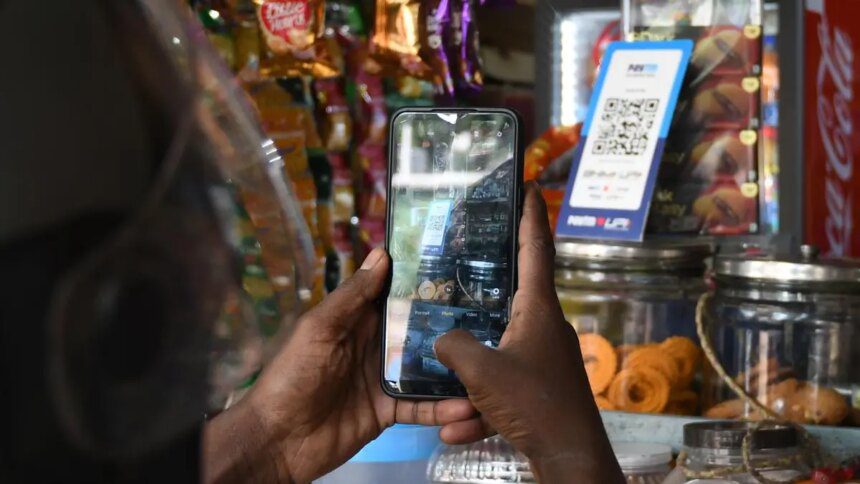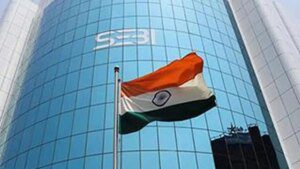As of August 2025, there were 504 million unique UPI users – about half of India’s adult population. | Photo Credit: ALLEN EGENUSE J
UPI has emerged as one of the most successful pillars of DPI (digital public infrastructure), offering an interoperable, real-time payments platform that enables users to make seamless peer-to-peer and peer-to-merchant payments through a single application, stated the report UPI – The Global Benchmark for Digital Payments.
It has now become the default mode of payment for millions, reshaping social dynamics by bridging the digital divide, advancing financial inclusion, and empowering communities across India.
This is revolutionary for a complex, diverse and cash-heavy economy like India where people are used to the security, anonymity and trust of cash.
As of August 2025, there were 504 million unique UPI users, which is about half of India’s adult population. UPI is now a habit and is being preferred by people of all ages, geographies, and income segments.
The NPCI-BCG report draws on findings from detailed surveys conducted separately among consumers and merchants in 2023 and 2025.
Most preferred mode
According to a BCG consumer survey, UPI is the preferred mode of payment for 82 per cent of users aged 55+, 73 per cent of users surveyed in rural areas, 80 per cent of women users surveyed, and 77 per cent of users surveyed under the ₹3 lakh per annum income bracket.
UPI, with a staggering 50 per cent share in the global real-time payment volume, has surpassed all other digital payment solutions in the world. More than 6.5 crore merchants accept UPI payments (vis-à-vis 1.1-1.2 crore using POS/point-of-sale machines).
For consumers, beyond convenience, UPI has also uplifted the quality of life and has contributed to social development:
• Reduced the need for cash withdrawals, minimising frequent ATM or bank visits
• Enabled millions of migrant workers to send money home safely and instantly
• Boosted access to goods by enabling online shopping. UPI has also enabled users to spend on unplanned and emergency purchases.
• Financially empowered millions of homemakers, who can easily access and manage household funds through UPI.
• Unlocked richer consumer data, enabling fintechs and lenders to scale rapidly. This has directly fueled the growth of small-ticket loans. Districts with high UPI volume growth (>100 per cent) between FY23 and FY25 recorded a 10x higher CAGR in consumer durables loans and a 4.4x higher CAGR in personal loans compared to districts with modest UPI growth (<25 per cent).
When it comes to merchants, while UPI started as a low-cost and easy acceptance format, they are now starting to recognise direct economic benefits:
• 81 per cent of the merchants acknowledged increased staff productivity at the counter, especially during crowded/peak hours, due to UPI Soundbox. Freed from cash-handling, small businesses can now focus more on customer service and business growth.
• 59 per cent of merchants reported higher sales in the post-UPI era compared to the pre-UPI era; 80 per cent of merchants reported easier and faster access to financing post-UPI due to better transaction footprint in the bank accounts.
• 80 per cent of merchants reported easier and faster access to financing post-UPI due to better transaction footprint in the bank accounts.
• 39 per cent of merchants reported zero pilferage while another 51 per cent reported pilferage of 1 per cent in the pre-UPI era), after the adoption of UPI.
• UPI has expanded exponentially, as per BCG analysis, there is a QR code present in almost all of India’s 19,000 pin codes, including regions with limited bank branch connectivity
• Reliable transaction trails have opened new avenues for formal credit for merchants. Districts with high UPI volume growth (>100 per cent) showed a strong positive correlation with business loan growth, recording a 4.2x higher CAGR in business loans compared to districts with modest UPI growth (<25 per cent) between FY23 and FY25.
Going forward, UPI’s impact on financial inclusion, increased digital payments, unlocking MSME credit, fintech innovation, new business models, increased velocity in consumption will have a significant role in shaping the economy. UPI is expected to play a significant role in India’s goal of becoming a $35 trillion+ economy by 2047.
Published on October 13, 2025










